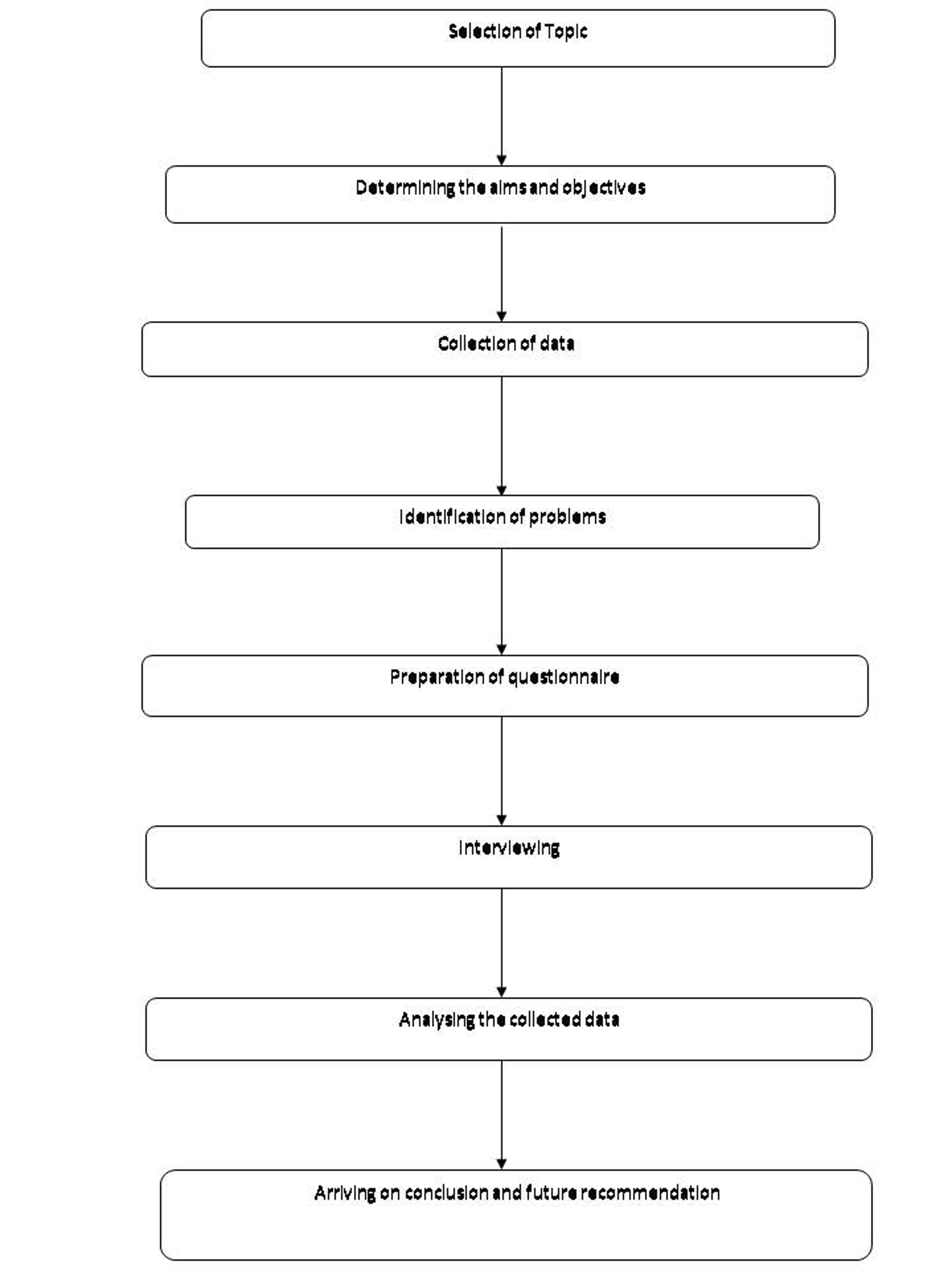Chemical anchoring is used for structural works, mechanical and electrical services installations and also for metal works and carpentry works. In building construction sites, chemical anchoring plays a major role in fixing rebars, threaded rods and bolts as structural works, fixing for ducts in mechanical works and fixing of handrails, supports, rails and window and door frames as metal works.

Chemical anchoring is generally done to provide starter bars for lintels, stiffener beam and column or beams where a strong anchorage of bars to be given. Epoxy adhesive anchoring system is used widely for anchoring purpose. Drill bit size is depending on the rebar going to be anchored to the structure. After drilled the hole, the hole should be cleaned with hole cleaning pump to remove all dust inside. Then the resin should be injected with injection anchor dispenser and pushed the bar inside while giving a torque to expel the excess resin out before hardening of resin. The loading capacity can be increased by extending the embedment depth of bar. The following table shows the required hole diameter and embedment depth for the anchoring rebar size.
|
Diameter of Rebar (mm) |
Diameter of Anchor hole
(mm) |
Embedment Depth
(mm) |
|
10 |
14 |
90 |
|
12 |
16 |
115 |
|
16 |
20 |
125 |
|
20 |
25 |
160 |
| 25 | 32 |
215 |
| 32 | 40 |
300 |
Important parameters to be considered
Selecting the proper embedment length, hole size, dust free hole and proper handling of adhesive and bit are important in ensuring flawless results in chemical anchoring process. Best practice is importance here to avoid any catastrophic failures in the anchoring system.
Hole size or drill bit size should meet the manufacturer’s specification to assure the load bearing capacity of the anchoring system. Embedment depth or the hole depth is the length of anchorage of the bars to the concrete. So again, it is also important parameter to be considered in chemical anchoring as it provides the load capacity to the structural member.
Dust free hole is important to ensure a proper bond in between the reinforcing bar and already constructed concrete which is hardened already. So before injecting the chemical into the hole, dust should be cleaned well for efficient anchorage.
Injection of chemical should be carried out at right temperature without allowing for some other unwanted chemical reactions take place in the adhesives. Thus, it might lead to a reduction of the design bond resistance specified by the manufacturers. So before injecting the adhesive, the service temperature range should be checked with the manufacturer specification. The injection should be carried out properly from the bottom of the hole and slowly to the top while avoiding air gaps and voids trapping inside. A general rule is, the hole should be filled up to two thirds of the hole depth.


